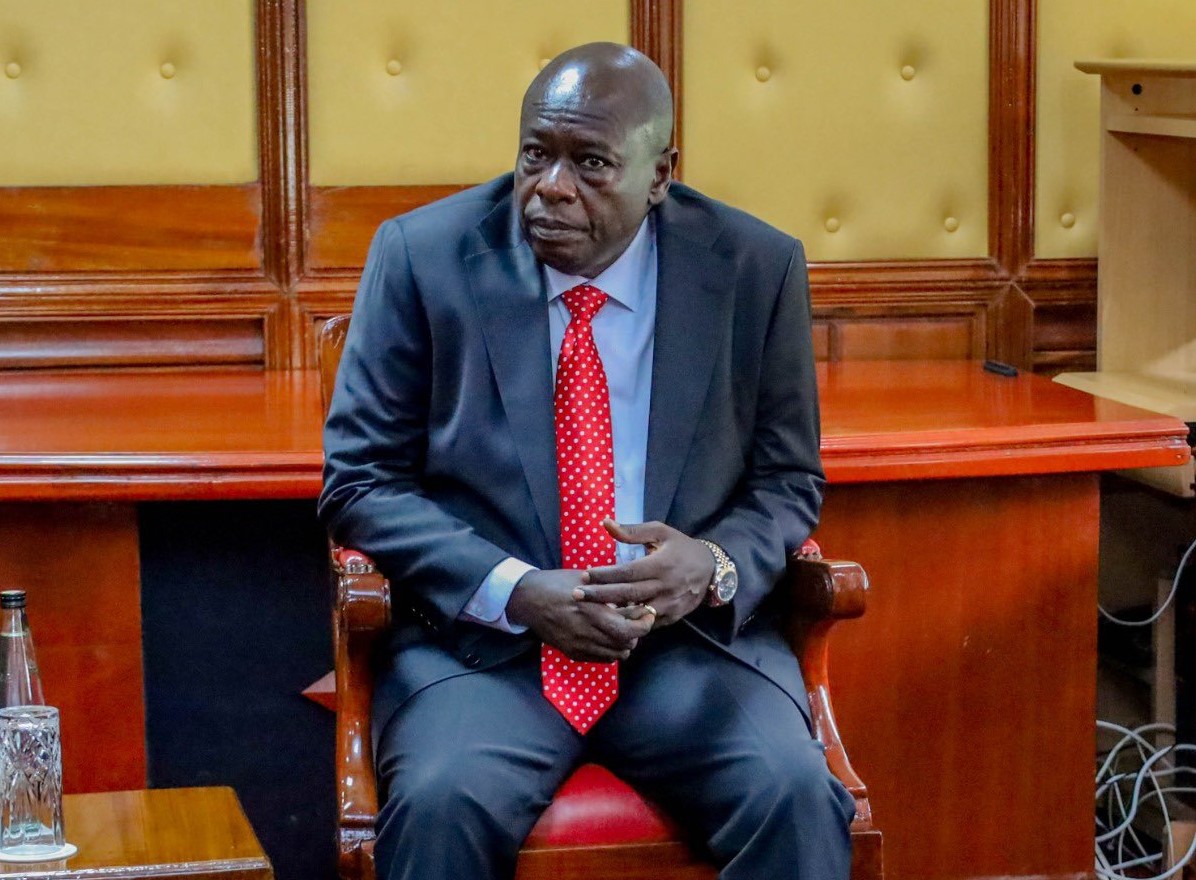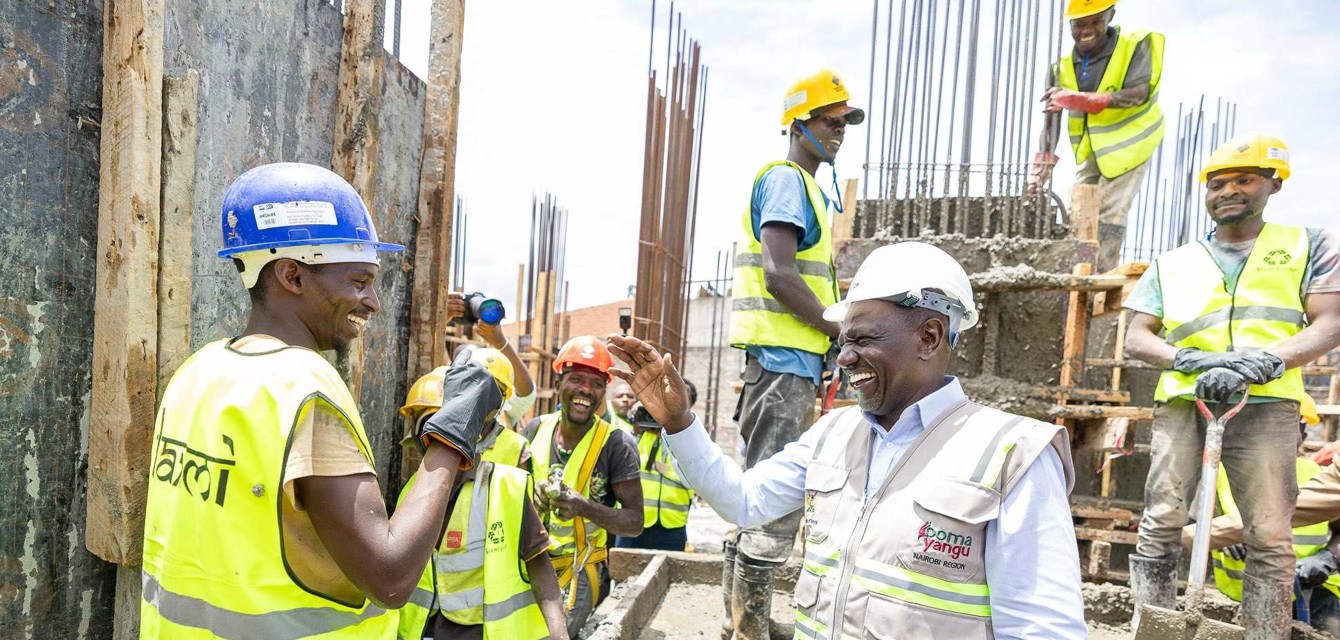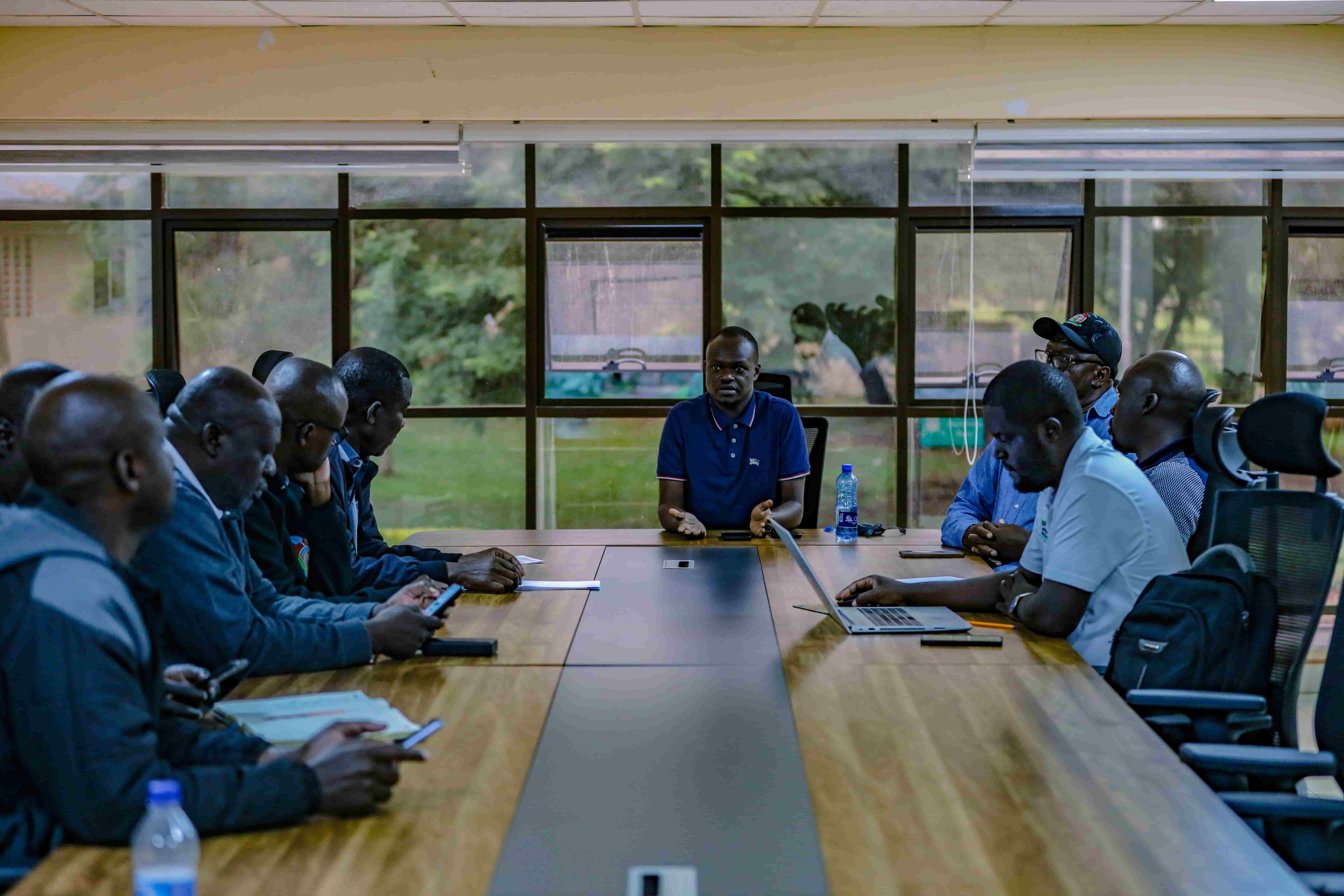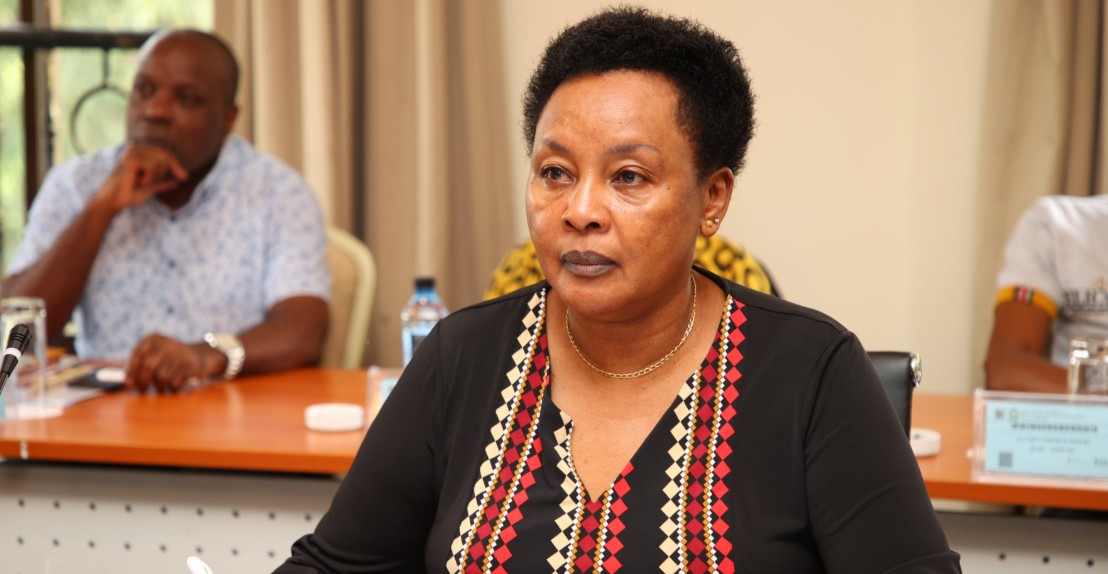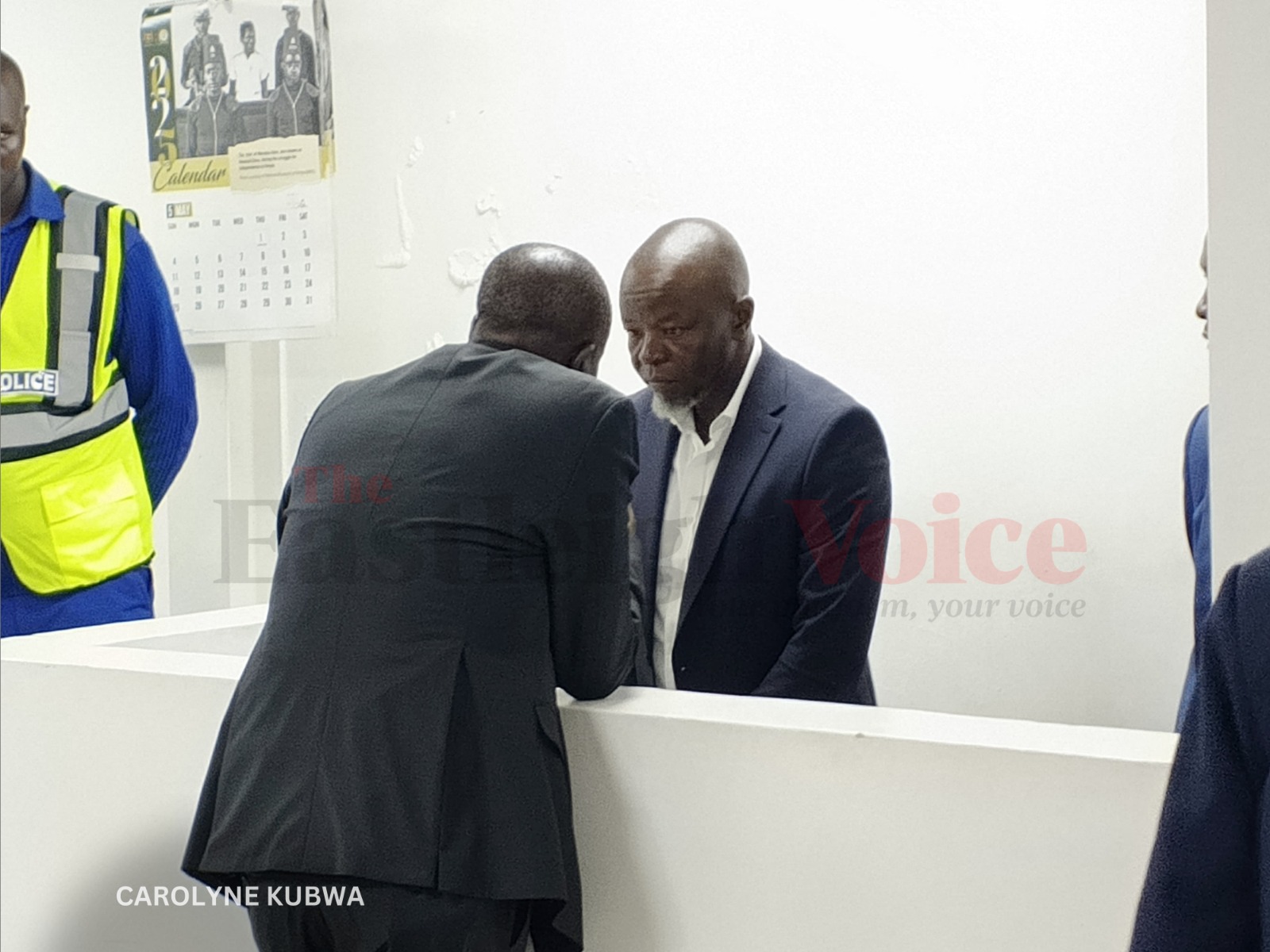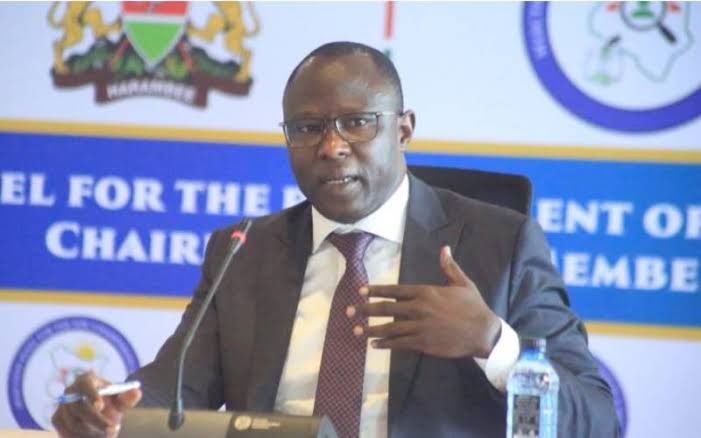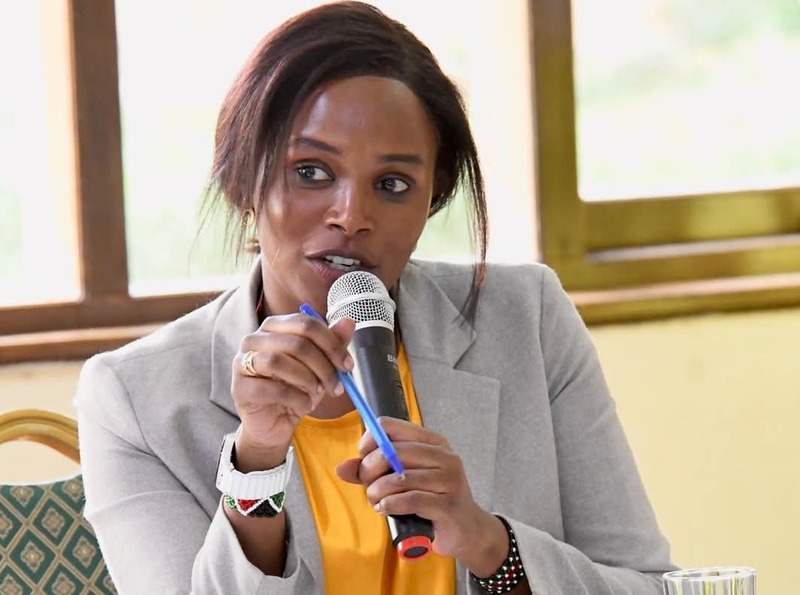Judiciary achieves 99% case clearance rate, resolving over half a million cases in 2023/24
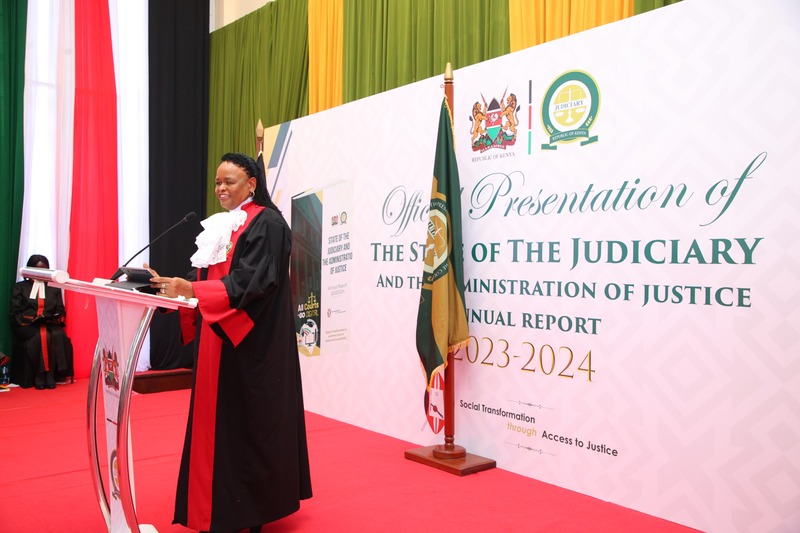
Criminal and Civil Case Trends Criminal cases accounted for 57 per cent of all cases filed, a 3 per cent decrease compared to the previous year. Civil cases, however, rose by 3 per cent, marking four consecutive years of growth.
Kenyan courts resolved 509,664 cases out of 516,121 filed this year, achieving an impressive 99 per cent Case Clearance Rate (CCR).
This was revealed by the Judiciary in its 2023-2024 State of the Judiciary and Administration of Justice Report (SOJAR) on Friday.
More To Read
- CJ Koome reshuffles judicial tribunals, committees to strengthen justice sector
- Judiciary under fire as Parliament exposes Sh160 million in missing court fines
- Francis Kissinger: I was not fired by Judiciary, this is why I left
- Amadi denies involvement in gold scam, calls allegations malicious
- Judiciary on spot as audit reveals Sh8.43 billion missing, stolen
- Completion of four small claims courts in Nairobi stalled despite Judiciary takeover
Speaking during the report's launch, Chief Justice Martha Koome attributed the high clearance rate to improved efficiency across courts.
"This success reflects the dedication of our judicial officers and their commitment to delivering justice for all Kenyans," she said.
Criminal and Civil Case Trends Criminal cases accounted for 57 per cent of all cases filed, a 3 per cent decrease compared to the previous year. Civil cases, however, rose by 3 per cent, marking four consecutive years of growth.
The Judiciary also reported a 14 per cent increase in resolved criminal cases and a 32 per cent increase in resolved civil cases, leading to a reduction in backlogs.
However, pending cases grew by 1.2 per cent, rising from 625,643 to 649,310.
"These pending cases are largely concentrated in the Supreme Court, Court of Appeal, Magistrates' Courts, and Small Claims Courts," the report noted.
Focus on Access to Justice
Chief Justice Koome emphasised the Judiciary's commitment to making justice accessible to all Kenyans, particularly marginalised groups.
The report showcased several initiatives aimed at this goal including Mahakama Popote where Under this initiative, judicial officers resolved 6,269 out of 7,665 cases filed across various regions, achieving a 79 percent clearance rate.
Also, children's cases, the Judiciary prioritised resolving cases involving minors during the Children's National Service Month, resolving 2,095 cases. Among them, 526 had been pending for over a year, with 448 delayed for more than three years.
"Such initiatives ensure that vulnerable groups, including children, receive the justice they deserve without unnecessary delays," Koome said.
The Judiciary continued its digital transformation by expanding the Case Tracking System (CTS), digitising court records, and implementing the e-filing system nationwide.
"These advancements are making the Judiciary more efficient and accessible, enabling Kenyans to interact with the justice system seamlessly," Koome said.
Launched the State of the Judiciary and the Administration of Justice Report for the FY 2023/24. The last financial year saw substantial improvements in our performance and service delivery. Our Case Clearance Rate reached an impressive 99% with 516,121 cases filed compared to… pic.twitter.com/vsvGrdnVuE
— Hon. Justice Martha K. Koome, FCIArb, EGH (@CJMarthaKoome) November 15, 2024
Court expansion and new facilities
The report highlighted significant progress in expanding court services across the country.
High Courts: Five new stations were established in Isiolo, Thika, Kibera, Nyandarua, and Kwale, bringing the total counties with High Court coverage to 46.
Specialised Courts: Three Environment and Land Court (ELC) stations were launched in Nyandarua, Voi, and Naivasha, increasing the total to 40.
Mobile and Small Claims Courts: Fifty-seven mobile courts reduced the average distance to access justice to 80 kilometres, while 27 new Small Claims Courts were set up in regions like Busia, Garissa, and Wajir.
"These efforts are bringing justice closer to the people, ensuring even those in remote areas can access timely legal services," Koome said.
The Judiciary made strides in human resource development by promoting 2,290 employees and implementing new welfare policies, despite operating at 68 per cent of its approved establishment.
On gender distribution, 58 per cent of judges were male, while women held the majority of magistrate positions.
However, persons with disabilities comprised only 2 per cent of the workforce, below the 5 per cent institutional target. Regarding accountability, the Judiciary resolved 93 per cent of the 1,115 complaints received, which mainly involved judicial misconduct.
"Disciplinary actions were taken against judges, magistrates, and staff, ranging from reinstatements to dismissals," Koome said.
The report acknowledged challenges such as growing pending cases and inadequate resources but proposed solutions like strengthening digital systems, hiring more staff, and further expanding access to justice.
"Our goal remains to create an independent, efficient, and responsive justice system that serves all Kenyans equitably," Koome concluded.
Top Stories Today

